This week’s eggplant is a white variety, called ‘White lightning’.
Believed to have originated in India or Burma, eggplant became popular in many Arab countries and Northern Africa around 900 A.D. When it was first introduced in Europe around the 15th century, it was cultivated only as an ornamental curiosity, because it was believed to be poisonous. Eggplant reached the United States in the 17th century. Since eggplant is very sensitive to cold, it is a seasonal treat. Low in calories and high in fiber and potassium, eggplant offers a small amount of vitamins and minerals.
Eggplant is best used fresh. Store unrefrigerated at a cool room temperature, or up to one week in the hydrator drawer of the refrigerator. Eggplant must always be cooked, to eliminate a toxic substance called solanine. To remove excess moisture and any acrid flavors, lightly salt slices of eggplant. Place the slices in a colander and allow them to sit for 10-15 minutes. Gently squeeze out any liquid. The eggplant will now soak up less oil and need less salt in preparation.
Eggplant can be baked, stuffed, sauteed or steamed. Here are some ideas to get you started:
Baking eggplant: With a fork, prick eggplant all over and bake at 400 degrees until flesh is tender, about 30-40 minutes. The flesh can be pureed.
Stuffing eggplant: Bake 20 minutes, scoop out seeds, replace with stuffing, and return to oven for another 15 minutes.
Sauteing eggplant: Dip slices or chunks of eggplant in flour or beaten eggs and bread crumbs before sauteing. Then saute in hot oil until light brown. Season with your favorite seasoning, or herbs, garlic, grated cheese, etc.
Steaming eggplant: A whole eggplant will steam over an inch of water in 15-30 minutes. The flesh can then be used for pulp or season it with olive oil, lemon, salt and pepper, or cover in tomato sauce.
Try grilling slices of eggplants with your other vegetables such as peppers. Or skewer them and grill with your shish kabob ingredients.




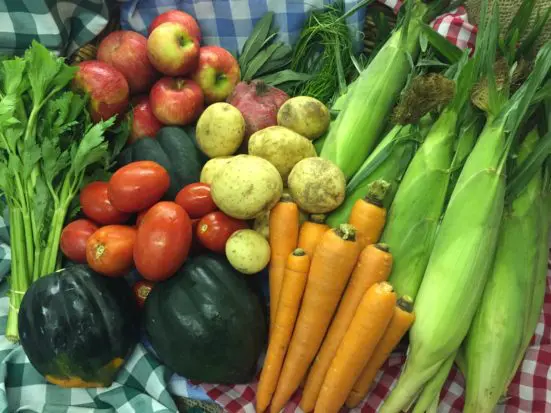
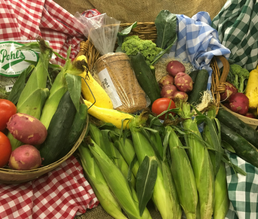










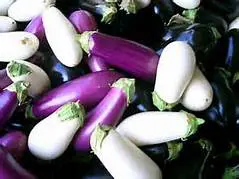


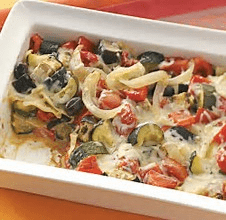
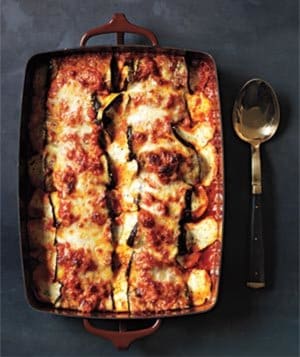
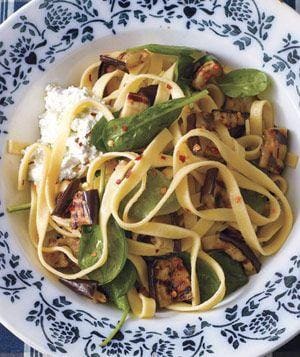
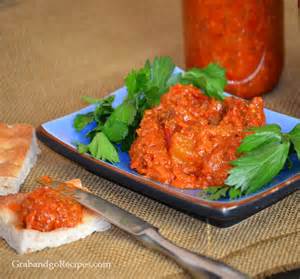


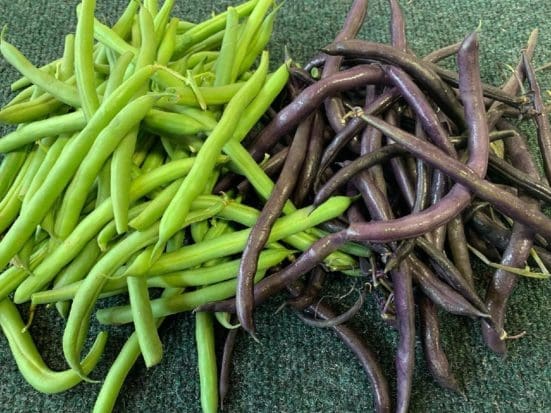

Thanks for the suggestions
Welcome!